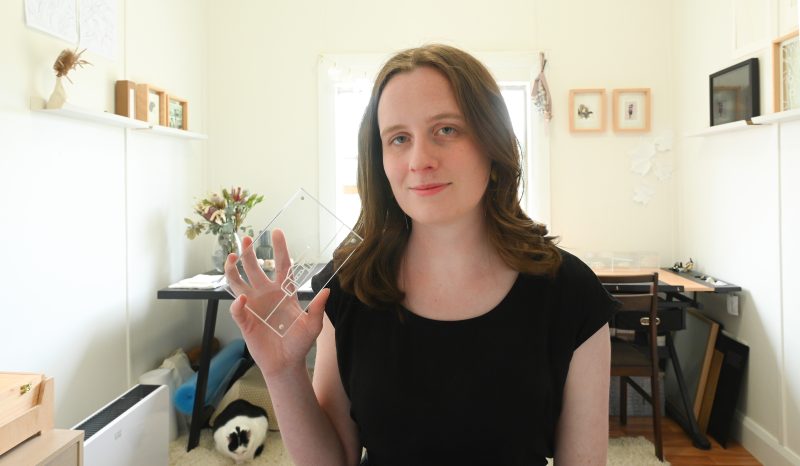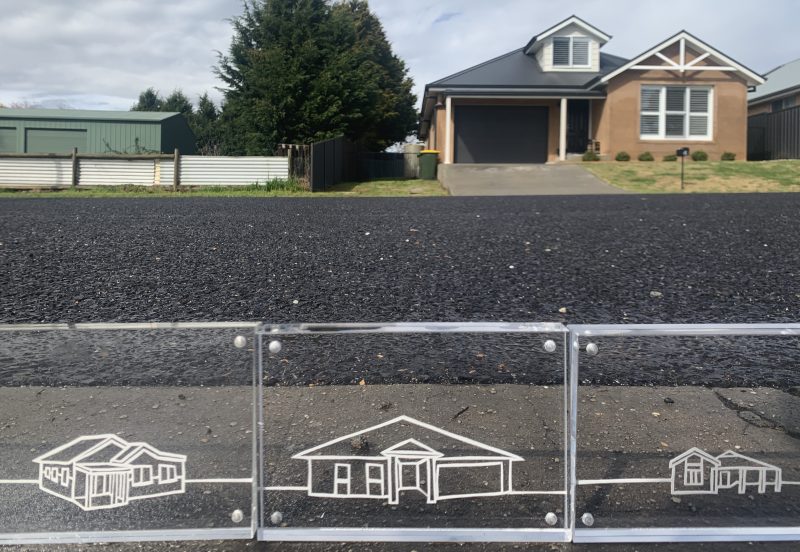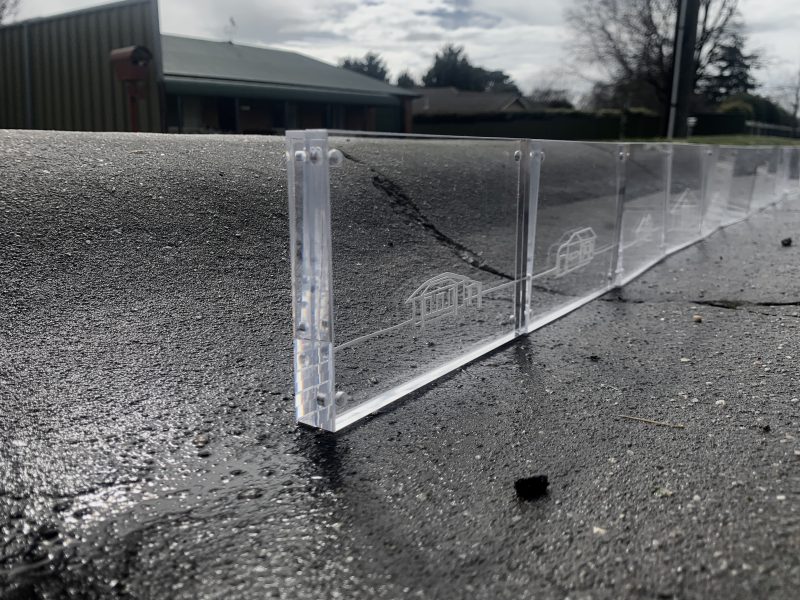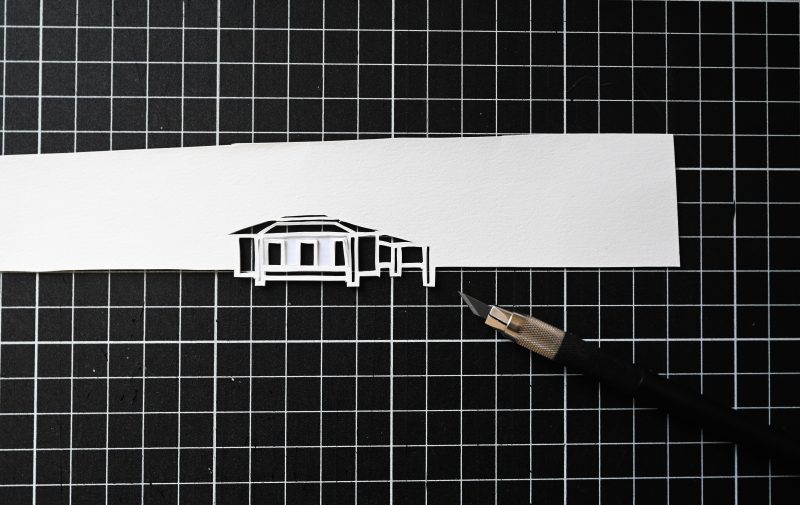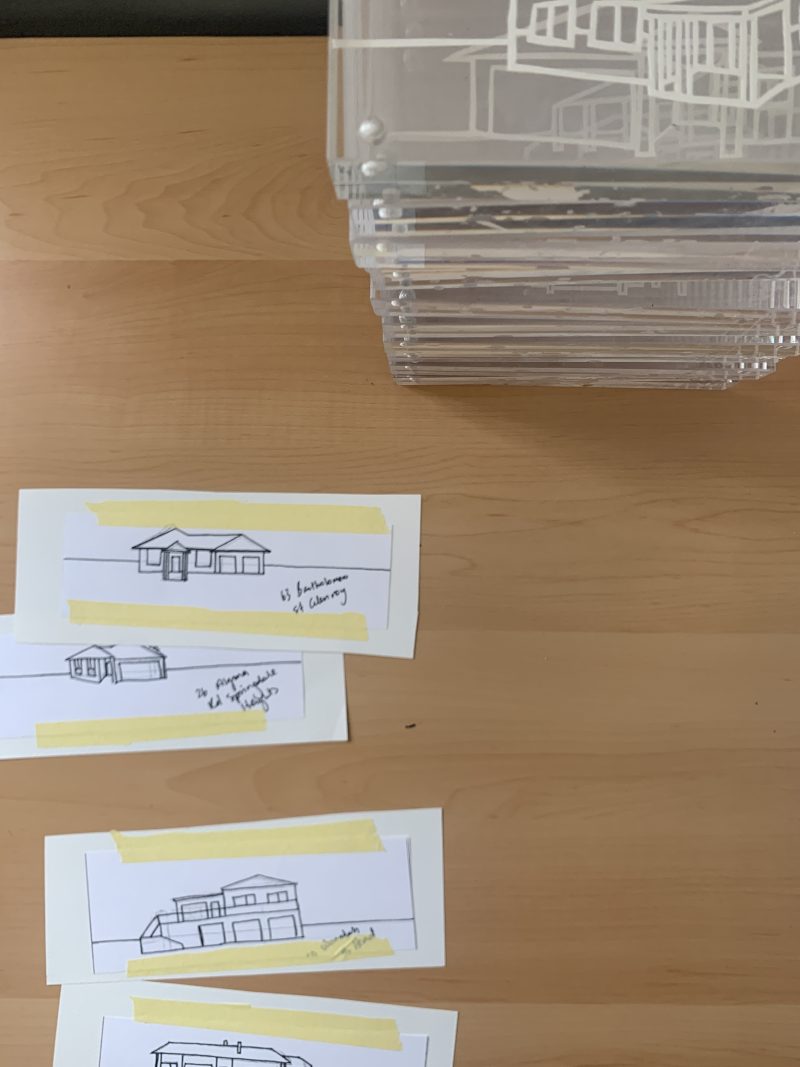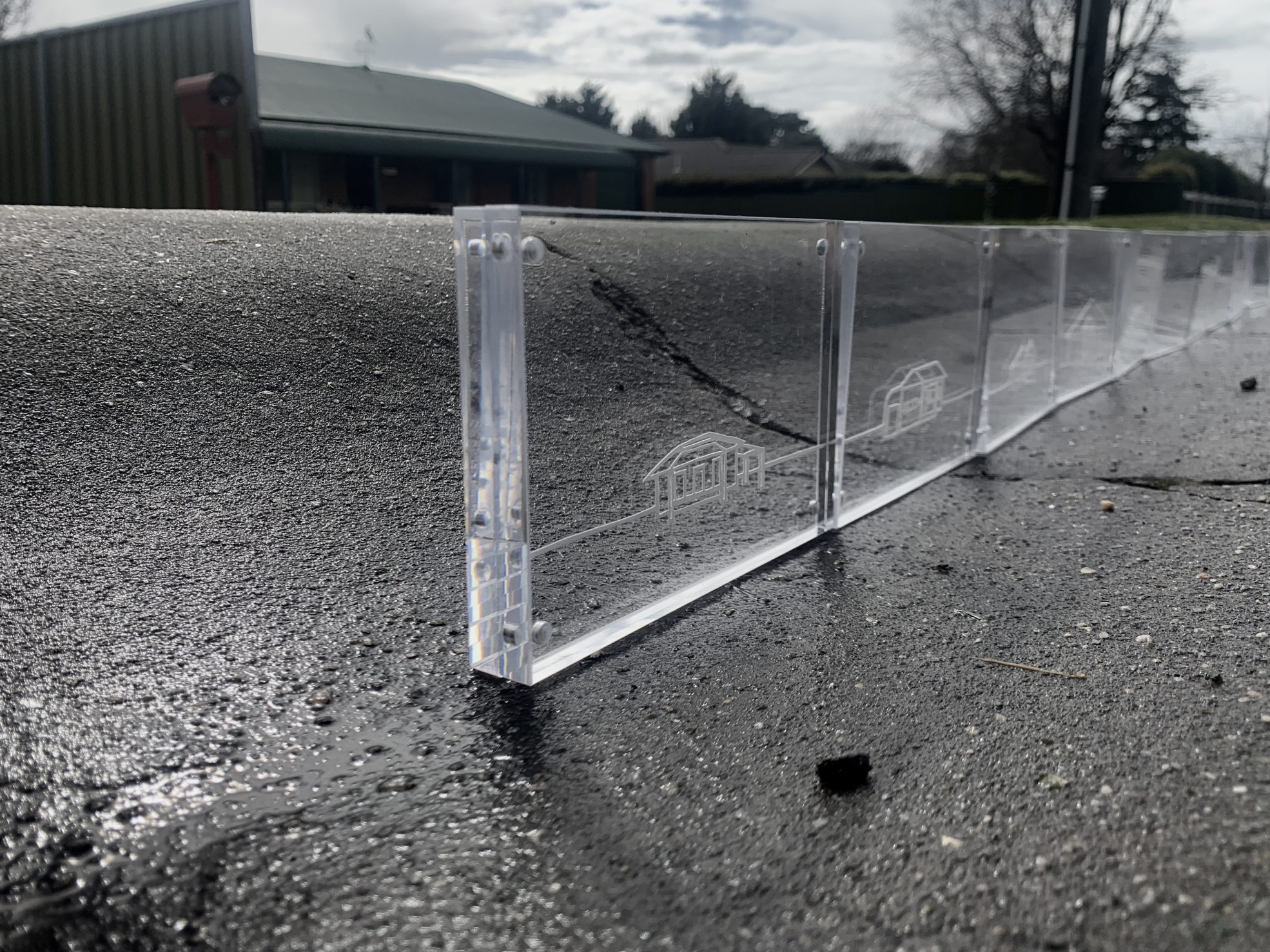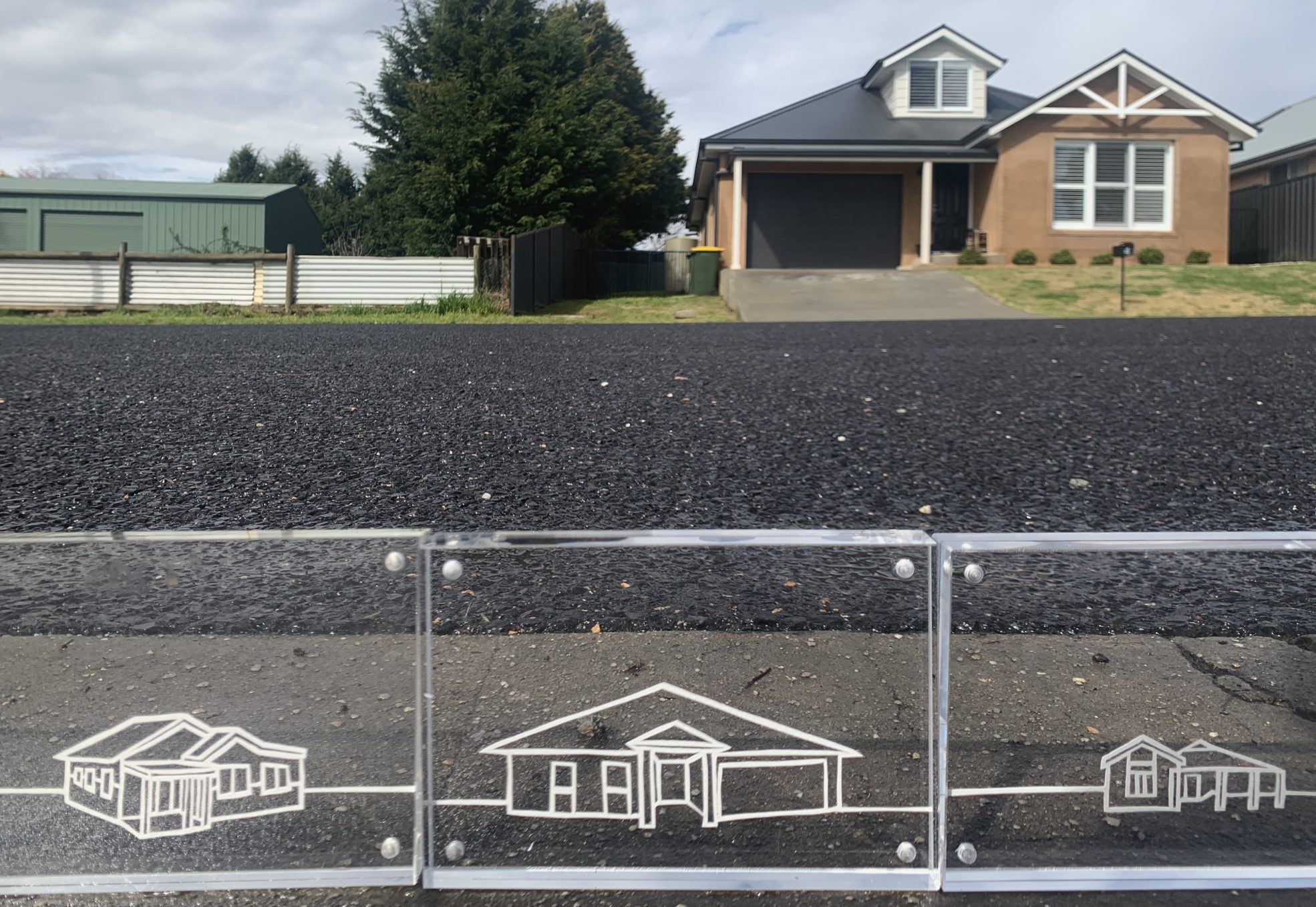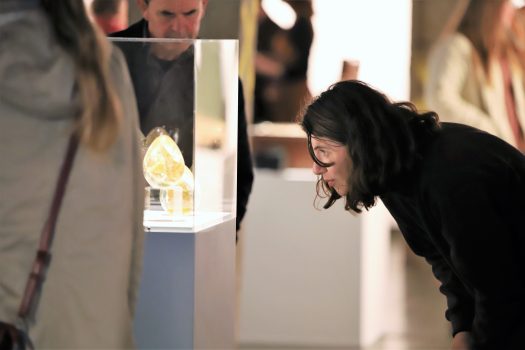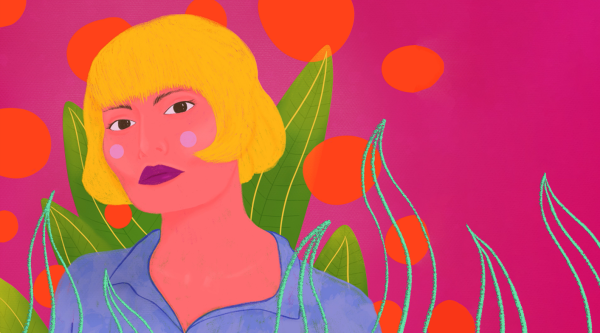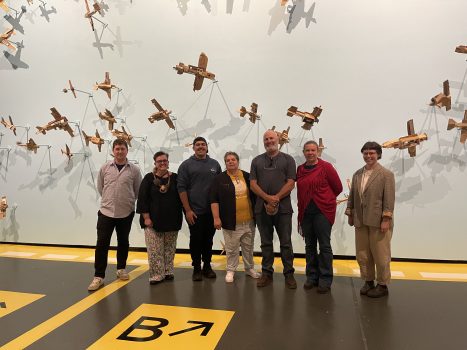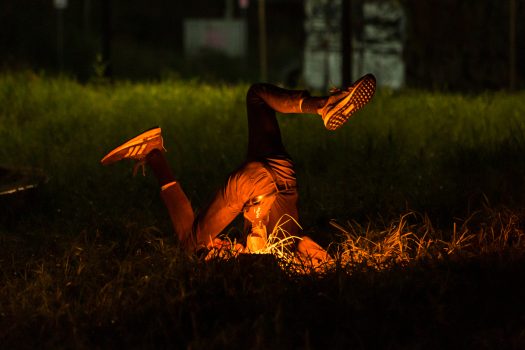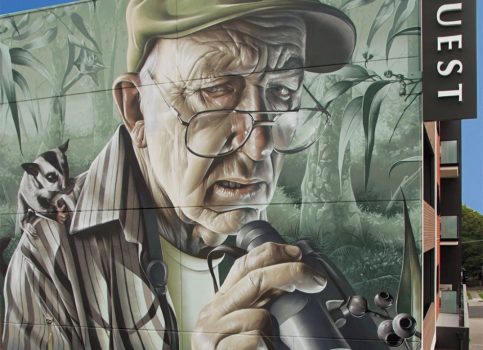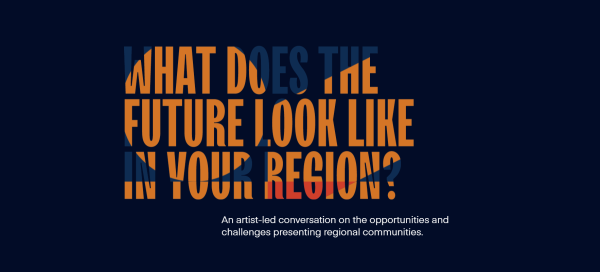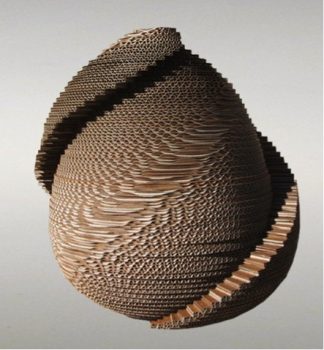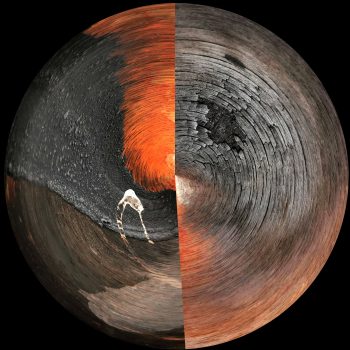Tell us about the evolution of your concept through this creative development process
My original concept was an exploration of the changing architecture of regional towns and the ways in which architecture and design can impact an individual’s experience of life in community.
The Australian country town has been criticised for its unsympathetic design. Often higher value is placed on infrastructure than environmental conservation. Scarce funds are spread across large land, resulting in the reoccurring pothole during wet summers, and businesses closing due to drought, bushfire and flood. But though rarely relenting, adversity presses the spirit of the people. These are communities and homes and farms and livelihoods.
Over the past three years regional areas have seen an influx of new residents ‘escaping’ metropolitan centres. Demand for housing has risen and our streetscapes are changing with new developments, contemporary houses, shiny facilities.
A miscellany of builders will influence the aesthetic of the regional future, but it is the spirit of the people that must be preserved. Inside each home, on each street, are the people who will have the greatest impact on what the future of our regions will look like. It is their community values that will define us.
I opened submissions to residents of regional NSW asking that they share a photograph of their home along with some thoughts on how they exist within their regional community and what the idea of home means to them. I received 25 submissions from across the state, including my hometown of Blayney and as far away as Broken Hill.

